Today marks the 2 years old birthday of PUBG Mobile, the free-to-play port of PUBG’s Battle Royale Experience to mobile by Tencent. In the last 2 years, the game has grown to be a worldwide hit, boasting 1.5 billion dollars of revenue, 50 million daily active users and 600 million downloads. The game has become a cultural phenomenon in India, creating a bursting Esports scene with hundreds of thousands of dollars on the line.
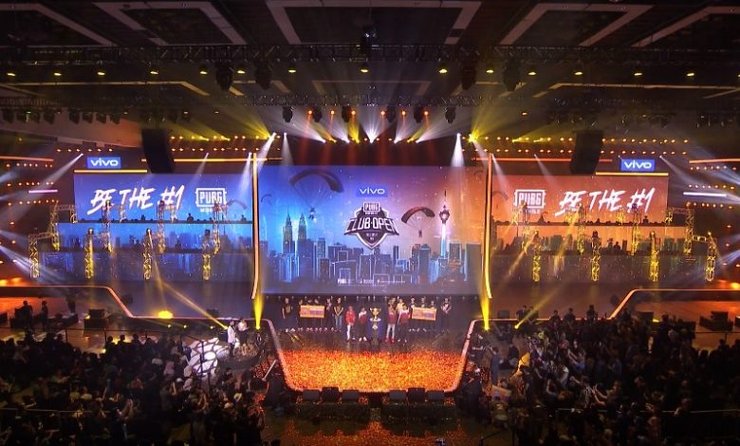
In order to celebrate PUBG Mobile’s 2 years anniversary, Director of the game from Tencent, Rick Li, decided to do an interview to tell the story behind PUBG Mobile’s development – and how they did it in just 4 short months.
Why was PUBG Mobile created?
At the time, the company has been gauging the growing popularity of the Battle Royale genre in the mobile market – and decided to capitalize on it immediately. Because of the overwhelming support from both PUBG devs and the player base, the studio decided to go all-in on PUBG Mobile.
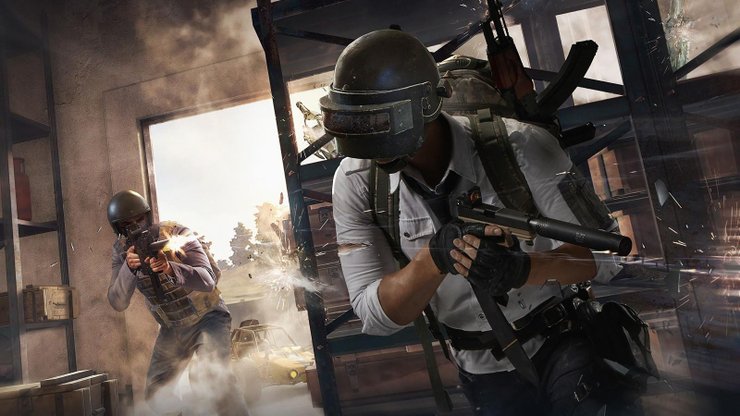
According to the company, while not a lot of people has access to a top of the line PC or console to access PUBG, most of them have smartphones – and they are a potential player base that must be tapped.
What are the technical challenges?
The biggest obstacle on their road is how to get the massive game world and textures to load and render on a low powered mobile device. They had to overcome a lot of artistic and technical difficulties – the hardest of those being ballistic trajectories simulation and HDR real-time lighting. Those features were so hard to work with they have to create a separate team for each – their approach was to adapt the game for high-end devices first then tone it down for lesser devices afterward. This is one of the more common approaches in game design – you usually want your game to look as good as possible, but still have options for players with lower-end systems.
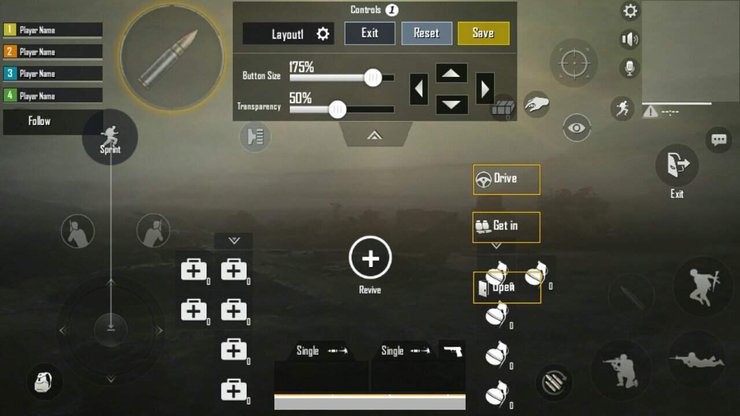
Another problem is how to create a usable control system with the lack of any physical buttons. As we all know, FPS is one of the hardest genres to adapt due to its heavy emphasis on the pinpoint accuracy of the mouse & keyboard. Therefore, it is a monumental task to bring all the complicated controls of PUBG into Mobile – they have smoothed out a lot of things, like remove the manual item pickup or manual door open.
What are the challenges after the game have launched?
According to Li, at that phase, there are two most important things that they have to deal with constantly after the immensely successful launch: how to update the game with new content and how to prevent cheaters from messing with other players.
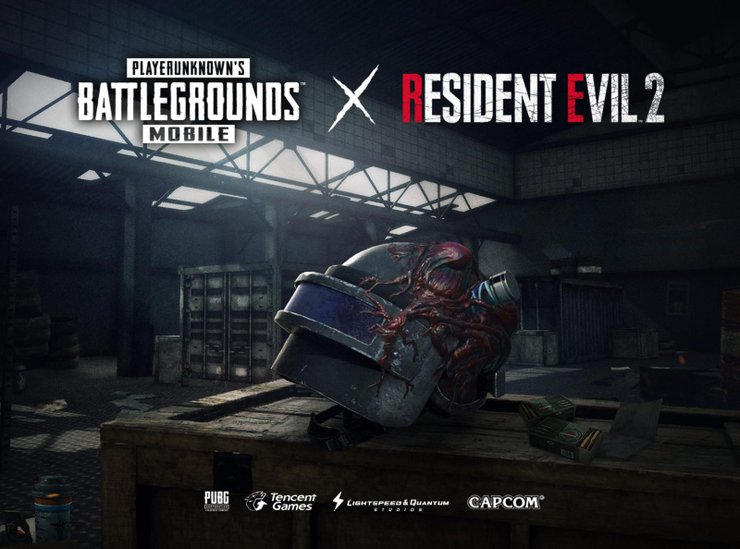
The company has been updating the game with lots of unique original content: from new game modes, new maps, cosmetics, challenges to collaboration with famous franchises. For markets like India, there is even a separate team to create unique regional content. PUBG Mobile developers often gather feedback from multiple channels, from social media to blogs to pros opinions – all in order to provide the best experience to gamers.
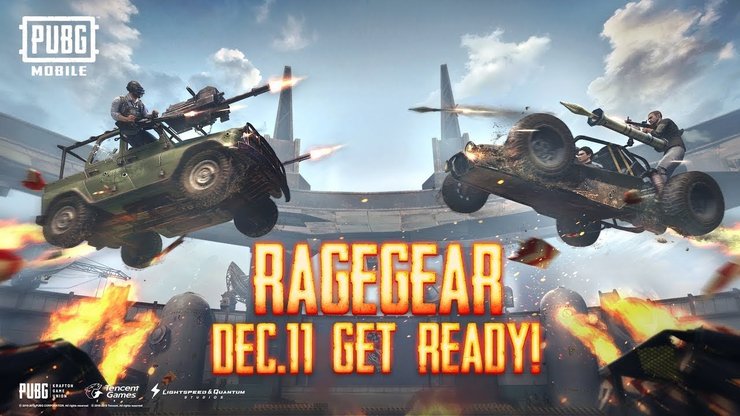
About hack & cheat prevention, the PUBG Mobile team has been working on updating the system constantly to thwart all new attempts of using the loopholes in the system. Li further stated that more than 90% of hackers were automatically banned by the system, with the rest getting manually checked by the moderation team.
From this interview, we can easily see that the developers have been putting a lot of effort into PUBG Mobile and the game would definitely continue to grow much bigger in the future. The prize pool for 2020's pro circuit is a whopping 5 million dollars. Interested in the latest news about PUBG Mobile Pro League India? Please check out this article for a recap of Day 1.
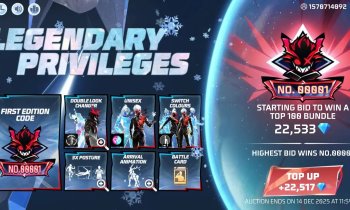

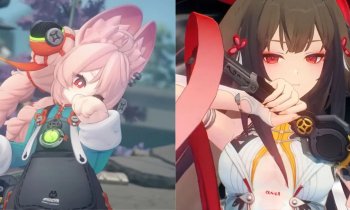
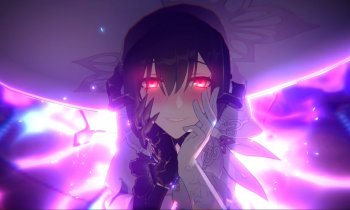
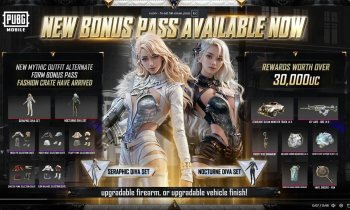





Comments